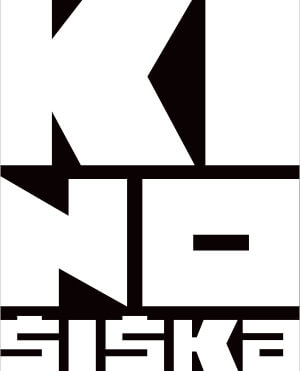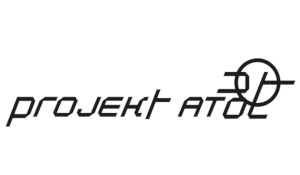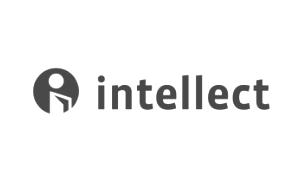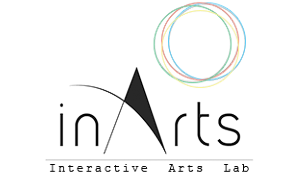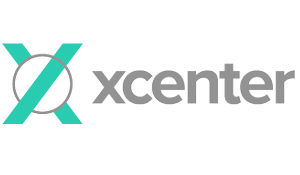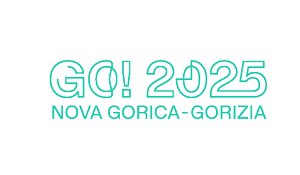Visual and performance artists are increasingly engaged in reenactments of different types. Reenactment not only defines a distinct phenomenon (different to re-make or re-creation) but also offers a specific concept of time. (Franko 2017) Whereas reconstruction always reveals performance as already historical, reenactment treats it as something that exist in the present – and thus has an open meaning structure. The new tools associated with the advent of AI multiplies this potential. How is the concept of reenactment changing? What impact does it have on the very notion of performativity? But most importantly, how the sense of agency (SoA) is modified?
In the project Monument AI (2024-ongoing) Czech performer Vladimír Havlík (1959) deliberately engaged AI in the process of reenactment. He has chosen original projects by Marina Abramović (1946) and Joseph Beyus (1921), emphasized the notion of articulation (“Joseph Beuys discusses what contemporary art is with a dead rabbit.” / “Marina Abramovic performs The Justice with a Libra, a sword and a black scarf tied over her eyes.”; Flusser 1984), and awaited the response based on AI own understanding of the situation, collected data, and culturally determined semantic systems. (Epstein-Hertzmann-Akten-Farid-Fjeld-Frank 2023)
Humans desire to control the technologies they use. However, SoA in AI permit it to have a subjective recognition of its own agency. Hence, the dilemma of joint human and synthetic agency is in the epicentre of the discourse on human–AI interaction. With Havlík’s example, the paper reflects the change of discursive categories. It focuses on the position of the author and the limits of agency, turning the attention to the autonomist framework of the final artwork. (Geiger-Iaia 2024; Samuelson 2023)
Barbora Kundračíková is an assistant professor at the Department of Art History at Palacký University in Olomouc. She also works as a curator at the Olomouc Museum of Art – Central European Forum (SEFO), collaborates with the private platform The House and works as a freelance curator. Her areas of interest include 20th and 21st century European art, technical representations, art history methodology and analytical approaches to aesthetics. As a curator, she focuses on projects presenting intermedia, postmedia and new media arts. As an author, she contributed to many publications, including the New Realisms: Modern Realist Approaches on the Czechoslovak Scene (1918-1945), László Lakner and CEE painting in the second half of the 20th century (with Dávid Fehér), New Holland (with Hubert van den Berg), etc. She is co-editor of the magazine Art 3/2022, focused on the relationship between photography and science. Due to her work within cultural institutions, she is interested in museum education, pedagogy, principles of sustainability, and inclusivity. She is a member of the L'Association internationale des critiques d'art (AICA).
Back

